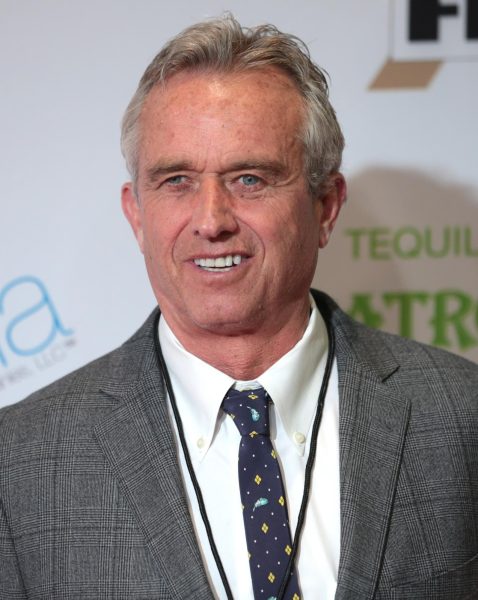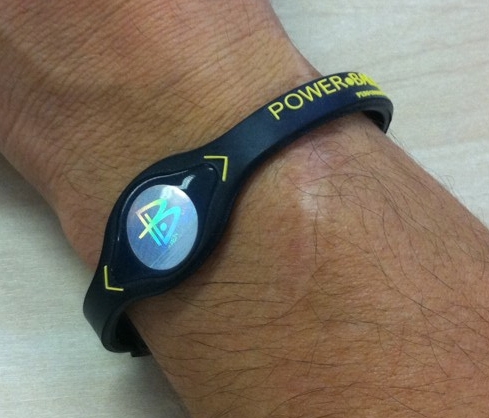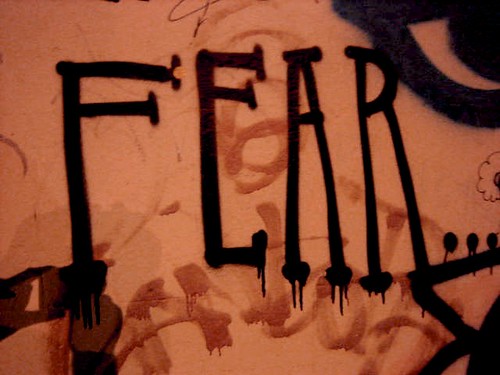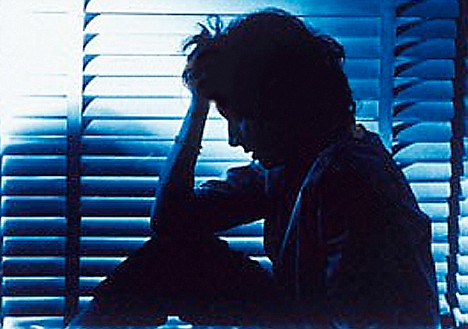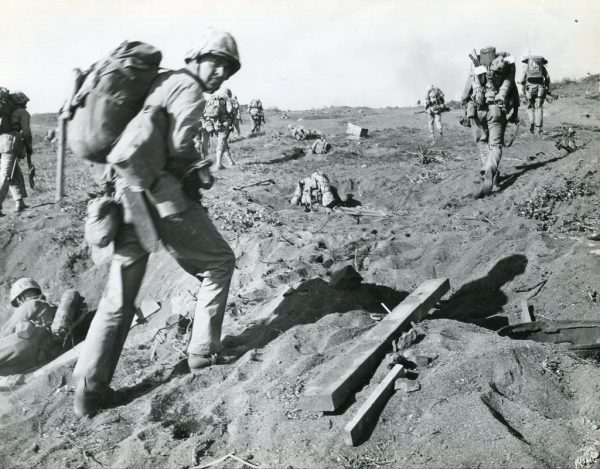Human Trafficking

Human Trafficking
May 8, 2015
Imagine that a businessman is behind a table in your school’s cafeteria; he asks you if you want to be a part of an elite group of students who will travel the world studying different cultures and competing in academic competitions. At first you might say, “This can’t be real” or “This is a scam”, but then the man shows you some official looking pamphlets and goes into great detail about the program. You then take a closer look at the man; he is middle aged with a clean haircut, a nice suit, and a trustworthy smile. He tells you that you can sign up and give him all your information, and that he will contact you and your parents with the rest of the material. As you give him your information, you are signing your life over to him. Every 15 seconds a person is trafficked in the United States, and you are now one of them.
According to the Department of Homeland Security (DHS) human trafficking is a form of modern day slavery that is illegal, typically used for the purpose of labor or commercial sexual exploitation.
Human trafficking is the modern day equivalent of slavery and must be recognized internationally by government officials intervening, organizations gaining the support required to help victims, and spreading the awareness of why victims won’t leave or report their traffickers.
Brittany, your average teenage girl in the United States was promised a good job, but sadly wasn’t given that. Brittany was picked up at the mall by someone she trusted and forced at gunpoint to consume bottles of alcohol and pills that made her disoriented. Anti-trafficking advocate and director of the documentary Playgrounds, Libby Spears states that, “300,000 American children are forced into sex trafficking each year.” Just after three days of being beaten, drugged, and forced to have sex with at least 60 men, Brittany was finally broken down. Brittany wouldn’t have been a part of this supply and demand within sex trafficking. With the help of the Polaris Project, Brittany was saved.
Unlike Brittany, Barbara was not as lucky. Barbara had a hard life starting at age 12 dealing with domestic and narcotic abuse, and as a desperate attempt to escape the abuse, Barbara was easily persuaded by pimps. Pimps saw her vulnerability, and took advantage of that, causing Barbara to become emotionally attached. With little to no public concern, Barbara was financially, psychologically, and ultimately stuck with her trafficker. When people saw her on the street no one recognized a victim; they saw a prostitute. When in reality this was not her occupation by choice (nor were the constant beatings she received) and being forced to shoot up highly addictive drugs. Barbara was trapped in her mind for about 40 years; and according to a short video on ted.com, “21 million people are also trapped.”
Victims of sex trafficking can be any age, race, or gender; however, young girls are the most vulnerable and at risk to be coerced into the sex trade. Anyone can become a victim and be forced into the sex trade regardless of their circumstances. Rich, poor, mentally stable, healthy, male, female, etc. A statistic from the documentary Playground reveals 1 in 5 girls and 1 in 10 boys will be sexually trafficked before the age of 18. But why is this such a big problem? How come the victims don’t just get up and leave the situation?
Well, it’s easier said than done. There are a plethora of reasons why victims do not leave or report their trafficker to someone. One of the main factors is fear. Trafficking victims are often recruited into the sex trade by someone they know, someone who has earned their trust. Often times it could be a boyfriend they love, a close family friend, a person they met at a vulnerable state in their lives, or even a blood relative. The trafficker gains the victims trust over time and even brainwashes them before they strike and force them into the sex trade against their will. Before victims even know it, they are being forced to sleep with countless men for money they earned (but will never see) and beaten ruthlessly if they even try to refuse. There are many psychological components that go into the problem of sex trafficking and why victims cannot leave. The trafficker psychologically manipulates the victim into thinking that they are in love with them and they are looking out for them, that this life is a better life than they had before. And in some cases, it appears to be a more desirable situation. Most traffickers prey on victims who aren’t in the best states of mind; kids who ran away from home and do not have anywhere else to go, are the easiest people to manipulate. As soon as the victims see that one person that will give them attention and ‘understand them’, they grow attached and become prey without even knowing it. Once they are attached they are more likely to become victims of Stockholm Syndrome, which is the psychological tendency of a hostage to bond with, identify with, or sympathize with his or her captor.
21-27 million men, women, and children did not volunteer to be sexually exploited or entered into forced labor. Trafficked victims are kept in bondage with fear, intimidation, abuse, and manipulation. These people are living their lives with abuse, and betrayal of their human rights and are under the control of the traffickers, pimps, and Johns. With all these thoughts and horrid statistics in mind, just know that YOU are able to make a change and help these victims and bring a stop to human trafficking. Yes YOU, the reader. We all can make a difference just by educating ourselves and others on what’s happening in our area and around the world. In the United States call the National Trafficking Resource Center at 1(888)-373-7888 or text (233733) at the Polaris Befree Texting Helpline, their services are 24 hours a day seven days a week. If you suspect a victim or would like to learn more information visit their website. If you would like donate to the cause you can do so at http://www.polarisproject.org/. Your donation can help rehabilitate all the people and children of all ages who are and were trafficked. By informing people, having the government intervene, and making sure awareness of this issue is spread worldwide, human trafficking in the United States can be reduced and we can help put an end to this modern day form of slavery. Anyone can be trafficked, a neighbor, family, or even you. Be aware and help fight for this cause!

